How to understand the moisture of salt and how to keep sea salt fresh
The water content of salt can significantly influence how it feels and interacts with food. Sea salt always contains more moisture than rock salt. For example – Flor de sal can retain 8-20% moisture, but rock salt from Utah 0.01% residual moisture. Moisture does two things: it provides mouthfeel, and it gives resiliency to the salt.
Table of Contents
- Easy Trick How To Make Fresh Salted Cucumber
- How to keep salt moist?
- What to do If you find your sea salt is hard or crumbly?
- Useful Articles
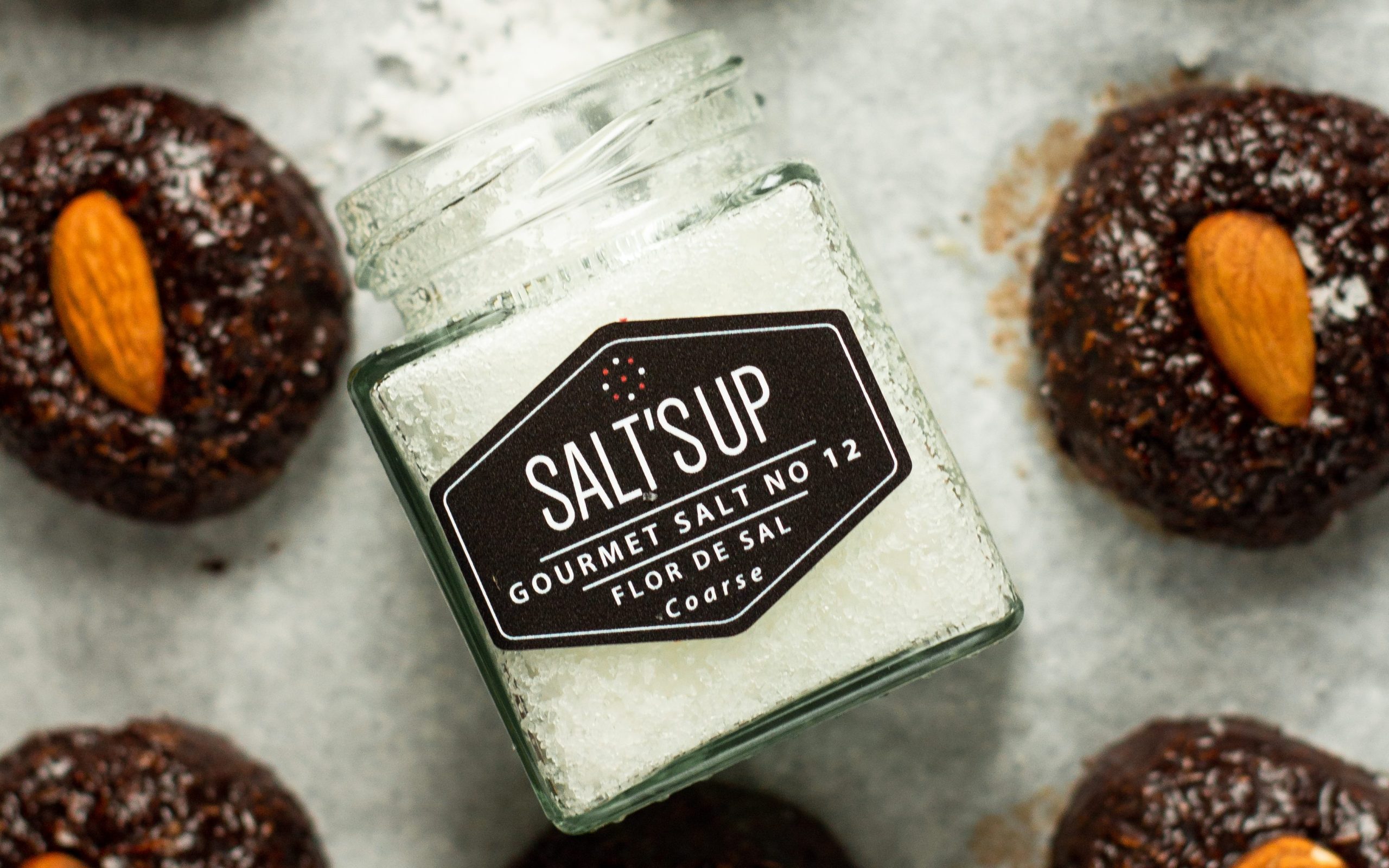
Easy Trick How To Make Fresh Salted Cucumber
Salts with more moisture will interact less with the humidity in your food, which means that when you taste the food, you will feel less of a salty taste. In the summertime, when cucumbers are ready, we often make this test in our salt cafe. We prepare the fresh cucumber, cut them, and sprinkle our Flor de sal on top of the cucumber. After 10 minutes, if you taste it – you feel cucumber – like what has been overnight in salt – fresh salted cucumber. This effect cannot be achieved with rock salt – that’s where the moisture plays a big game.
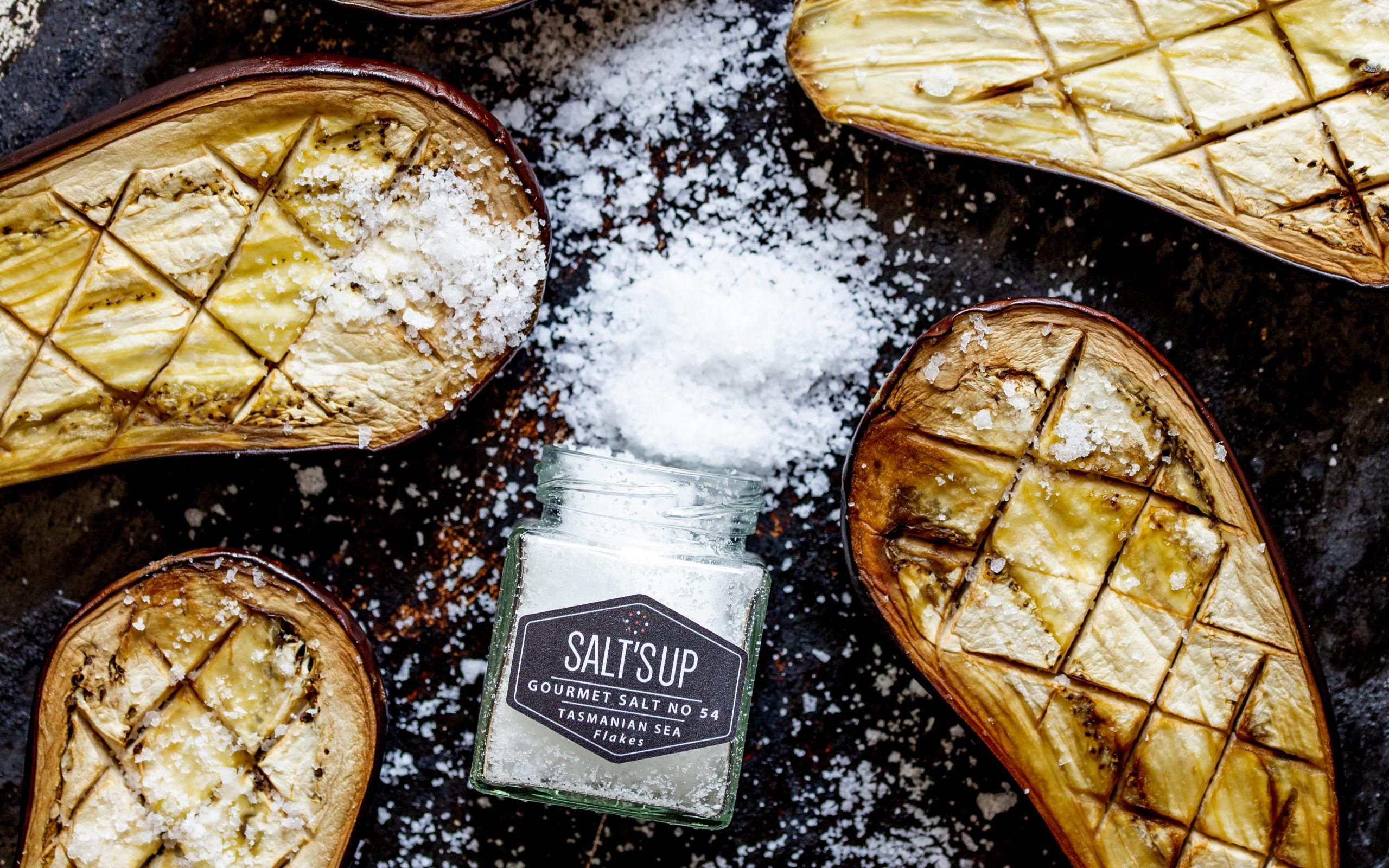
How to keep salt moist?
Salt needs to be fresh. You know what I mean, right? You always see it at the table: – a permanent container of salt, if you’re lucky, ground pepper within the past two hours. Sure, this sounds pretty silly. Salt never received the consideration it deserves. But many types of salt require moisture to stay fresh. If they dry out, they harden and lose their charm. Salt should be treated like any other perishable food for the best results. If you’re preparing dishes with a moist-style salt such as flor de sal or another sea salt, put the salt on the table just as you would a condiment. After dinner is over, place your salt in an airtight container so that it can keep its flavor and texture.
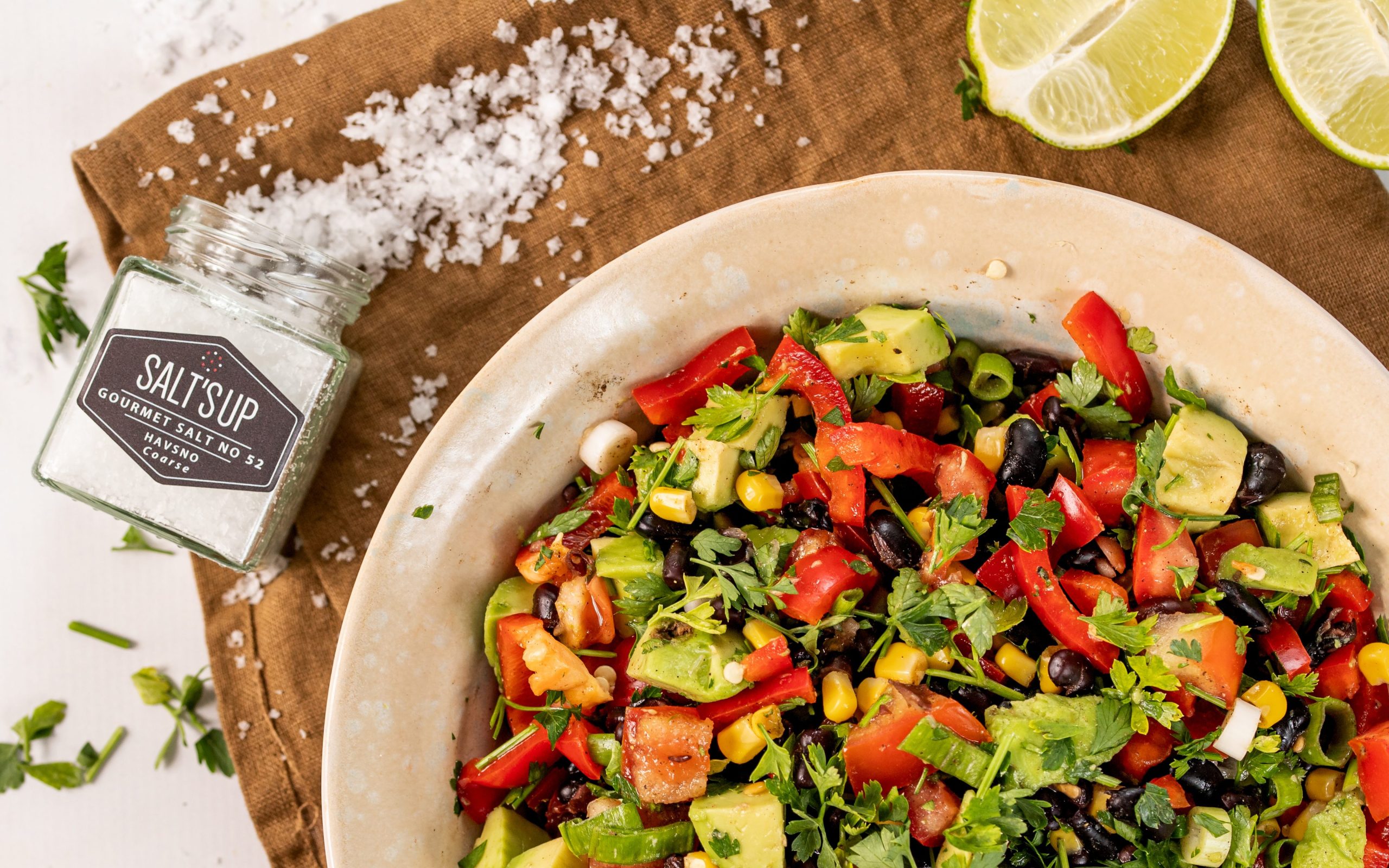
The moisture in salt can be essential to the salt maker, so it’s vital to keep it hydrated to nearly the same level as initially produced. It would be best to store your salts in an airtight container, preferably glass. That’s why we sell our Salt’sUp salts in glass jars.
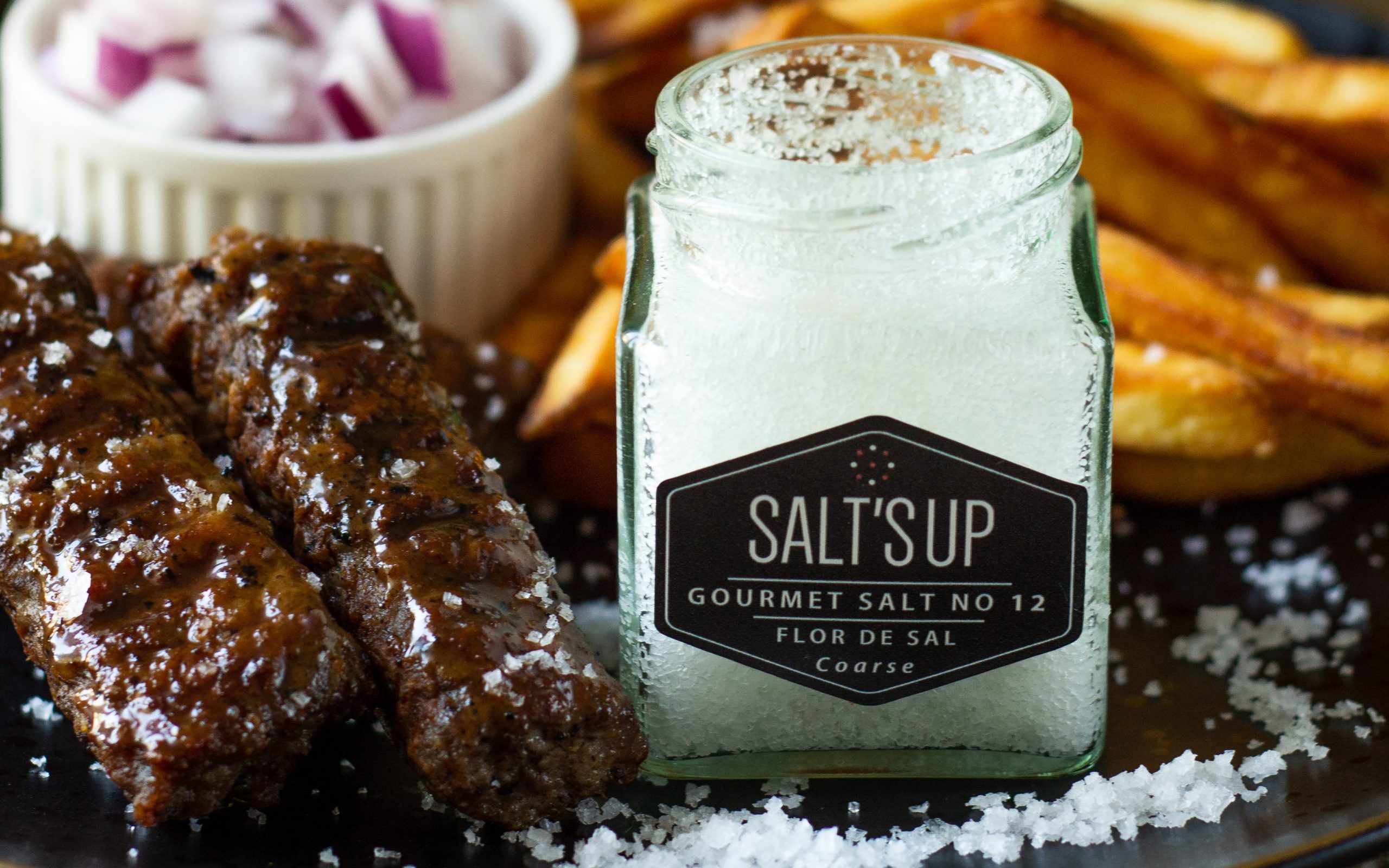
What to do If you find your sea salt is hard or crumbly?
To rehydrate them, stir salt with one teaspoon of water for every 8-10 ounces of salt and let it sit overnight before checking its consistency. If it isn’t rehydrated enough, repeat the steps until the proper texture is restored. Stir again after six-seven hours, and then check for texture. Be sure to stir with a wooden spoon or chopsticks. If your salt has been rehydrated successfully, it should feel silky and smooth when pinching it between your forefinger and thumb and rub hard. If not, repeat this process until the proper texture is reached.
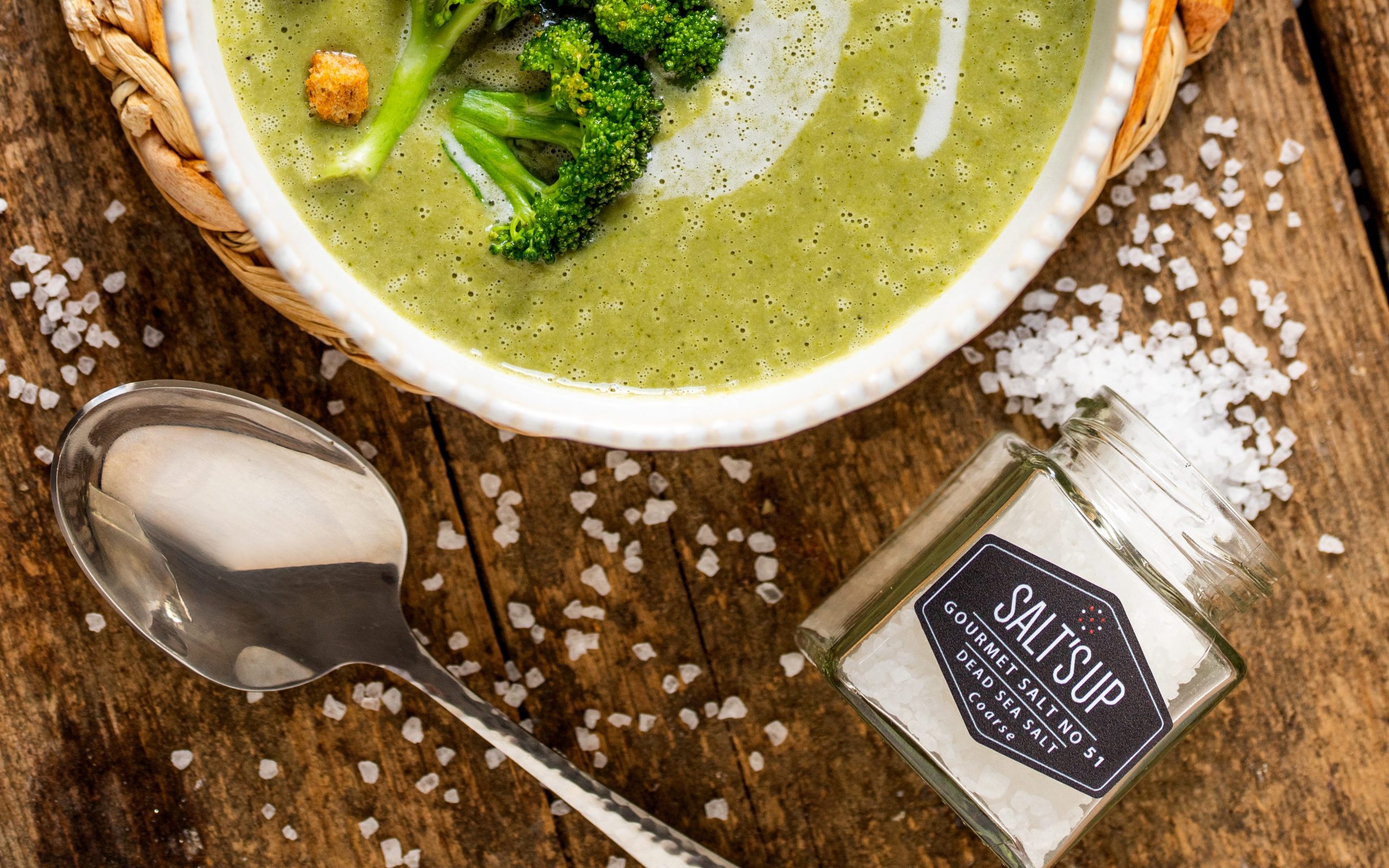
Using a delicate fine salt, the crystals can easily dissolve in water. To prevent this, fill a small cup with one tablespoon of water and stir in a few pinches of the salt until the water is saturated and a small amount of salt remains on the bottom. Then spoon the saturated liquid in. The added liquid was already saturated with salt so it won’t dissolve your crystal-laden salt as easily.
For more articles and recipes, please check our blog, and don’t forget to taste our premium salt collection.

